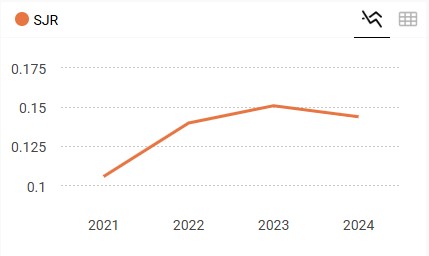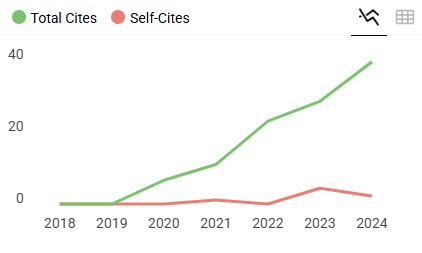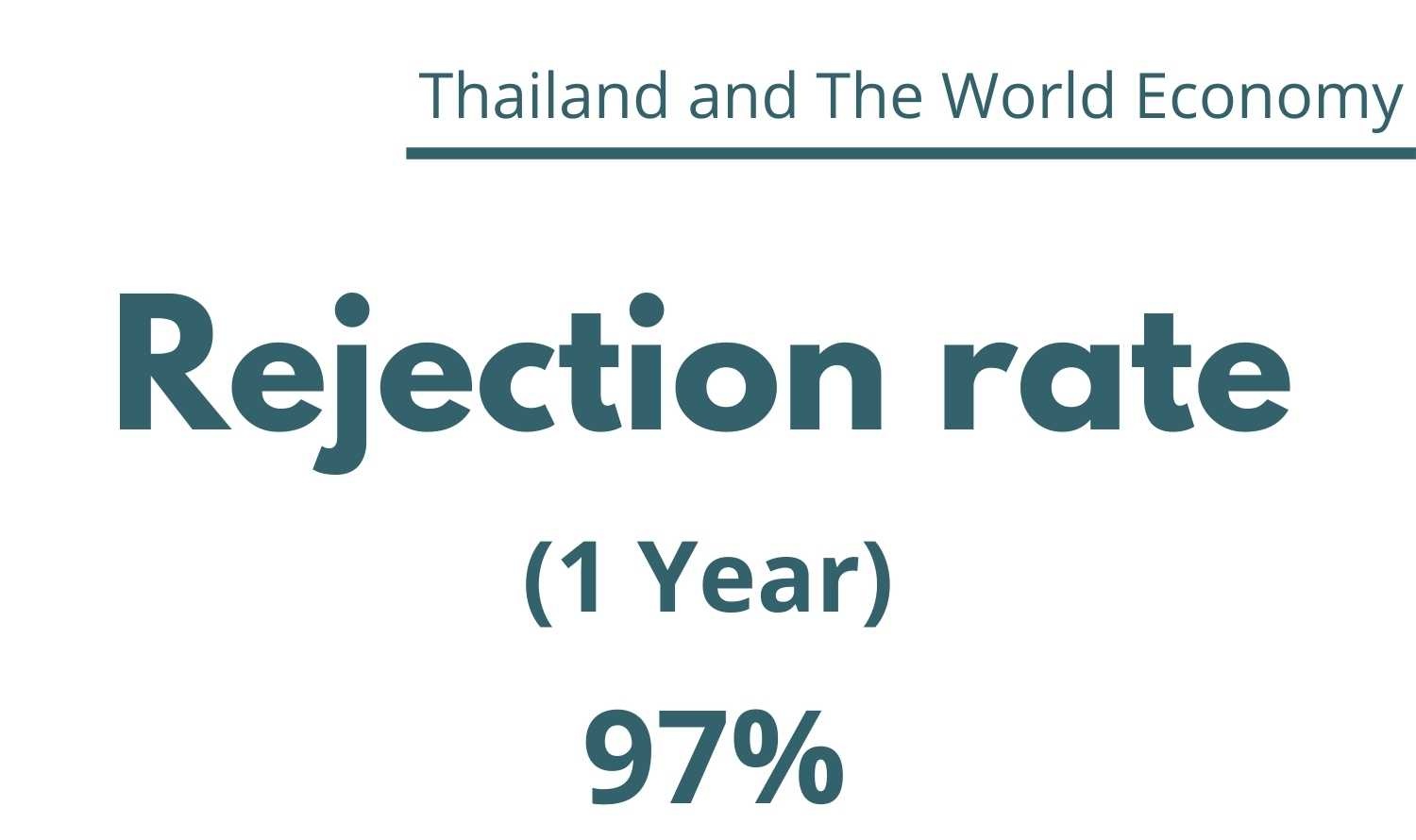Location Choices of Japanese Firms in the Asian Automobile Industry
Keywords:
Automotive Industry, International Investment, Economic Integration, Location ChoicesAbstract
This paper aims to investigate the determinants of Japanese automotive firms’ location choices in ASEAN4 countries (Thailand, Malaysia, Indonesia and the Philippines), China, India, Korea and Taiwan. Using the conditional logit and 989 Japanese investment data from 1980-2004 from the Toyo Keizai. The paper finds that domestic demand, low wage availability of skilled labor, agglomeration and the level of economic integration enhance the probability of investment. In addition, the results reveal that the location decision of Japanese automotive firms significantly changed after 1997 even though the paper has controlled for the Asian crisis effect. Finally, the paper examines the vertical linkage between auto-parts firms and assemblers. The agglomeration of automobile manufacturers and auto-parts firms statistically enhance the probability to be
invested by Japanese auto-parts firms.
References
2. Bando, Tatsuro, 2000. Future of the Malaysian National Car Project, Asian Economic Review, the Japan Research Institute.
3. Busser, R. and Sadoi, Y., 2004. Production Networks in Asia and Europe: Skill Formation and Technology Transfer in the Automobile Industry, 1st edition, London and New York: RoutledgeCurzon.
4. Cheng, Shaoming and Stough, Roger R., 2006. Location Decisions of Japanese New Manufacturing Plants in China: A Discrete-Choice Analysis. The Annals of Regional Science, Vol.40, pp. 369-387.
5. Disdier, A. and Mayer, T., 2004. How Different is Eastern Europe? Structure and Determinants of Location Choices by French Firms in Eastern and Western Europe. Journal of Comparative Economics, Vol.32, pp. 280-296.
6. Egger, P., Larch, M. and Pfaffermayr, M., 2004. Multilateral Trade and Investment Liberalization: Effects on Welfare and GDP per Capita Convergence. Economics Letters, Vol.84, pp. 133-140.
7. Ekholm, K., Forslid, R. and Markusen, J.R., 2003. Export-Platform Foreign Direct Investment. NBER Working Paper, No. 9517, pp. 1-44.
8. Fourin 2003. Asian Automotive Components Industry 2003/2004. Nagoya: Fourin. Fourin 2007. Seikaijidoushtoukeinenkan 2007. Nagoya: Fourin (in Japanese).
9. Fujita, Mai, 1998. Industrial Policies and Trade Liberalization- The Automotive Industry in Thailand and Malaysia' in Keiji Omura (ed.) The Deepening Economic Interndependence in the APEC Region, APEC Study Center, Institute of Developing Economies.
10. Fujita, Masahisa, Krugman, Paul. and Venables Anthony, J., 1999. The Spatial Economy: cities, regions, and international trade. MIT Press.
11. Fujita, Masahisa and Thisse, Jacques-François, 2002. Economics of agglomeration: Cities, Industrial Location and Regional Growth. Cambridge University Press.
12. Grossman, G.M., Helpman, E. and Szeidl, A., 2003. Optimal Integration Strategies for the Multinational Firm. NBER Working Paper, No. 10189, pp. 1-41.
13. Head, K.C., Ries, J.C. and Swenson, D.L., 1995. Agglomeration Benefits and Location Choice: Evidence from Japanese Manufacturing Investments in the United States. Journal of International Economics, Vol.38, pp. 223-247.
14. Japan Auto Parts Industries Association and Automotive Parts Publishing Company 2005. Japanese Automotive Parts Industry 2005. Tokyo: Automotive Parts Publishing Company.
15. JETRO 2005. White Paper on International Trade. Tokyo: JETRO.
16. Kinoshita, T., Kishida, H. and Amemiya, A., 2004. Strategy of Japanese Manufacturers in ASEAN and China in Light of Emerging FTA Initiatives, Paper presented at Major Issues for the World Economy Looking to 2005 Macro Economy Research Conference, Tokyo, 8-9 November, 2004. pp. 1-54.
17. Kohpaiboon, Archanun, 2008. Thai Automotive Industry: Multinational Enterprises and Global Integration, ERTC, Discussion Paper No. 0004, pp.1-33.
18. Krugman, P., 1980. Scale Economies, Product Differentiation and the Pattern of Trade. American Economic Review. Vol. 70, pp. 950-959.
19. Krugman, P., 1991. Geography and Trade. Cambridge: MIT Press.
20. Krugman, P. and Venables, A.J., 1996. Integration, Specialization, and Adjustment. European Economic Review. Vol.40, pp. 959-967.
21. Long, J. S. and Freese, J., 2003. Regression Models for Categorical Dependent Variables Using Stata. revised edition. Texas: Stata Press.
22. Markusen, J.R. and Venables, A.J., 1997. Foreign Direct Investment as a Catalyst for Industrial Development. NBER Working Paper, No.6241, pp. 1-29.
23. Marukawa, T., 2006. Chugoku Jidoushasangyou no Buhinkyokyuu to Kigyouritchi. ICSEAD Working Paper 2006-21, pp. 1-23 (in Japanese).
24. McFadden, D., 1984. Econometric Analysis of Qualitative Response Models. In: Griliches, Z. And Intriligator, M.D. (Eds.). Handbook of Econometrics, Vol.2. Amsterdam: Elsevier/North-Holland.
25. Mori, Minako, 1999. New Trends in ASEAN Strategies of Japanese-affiliated Automobile Parts Manufacturers-The Role of Exporting and Priorities for the Future –. RIM: Pacific Business and Industries. No.43
26. Neary, Peter J., 2001. Of Hype and Hyperbolas: Introducing the New Economic Geography. Journal of Economic Literature. Vol.39, pp. 536-561.
27. Nikanjidoshashinbunsha 2005. Automotive Yearbook 2005. Tokyo: Nikanjidoshashinbunsha.
28. Noble, Gregory W., 2006. The Emergence of the Chinese and Indian Automobile Industries and Implications for other Developing Countries. unpublished paper, pp. 1-46.
29. Ottaviano, G. and Puga, D., 1997. Agglomeration in the Global Economy: A Survey of the New Economic Geography. Centre for Economic Performance, Discussion Paper No. 356, pp.1-33.
30. Rosenfeld, S.A., 1997. Bringing Business Clusters into the Mainstream of Economic Development. European Planning Studies, Vol.5, pp.1-21.
31. Techakanont, Kriengkrai, 2008. The Evolution of Automotive Clusters and Global Production Network in Thailand. Thammasat University Discussion Paper, No. 0006, pp.1-45.
32. Toyo Keizai Shinposha 2005. Kaigai Shinshutsu Kigyou Souran. Tokyo: Toyo Keizai Shinposha.
33. Train, Kenneth E., 2003. Discrete Choice Methods with Simulation. Cambridge: Cambridge University Press.
34. Urata, S., 2002. Japanese Foreign Direct Investment in East Asia with Particular Focus on ASEAN4. Paper prepared for Conference on Foreign Direct Investment: Opportunities and Challenges for Cambodia, Laos and Vietnam, Hanoi, 16-17 August, pp. 1-25.
35. Venables, A.J., 1996. Equilibrium locations of vertically linked industries. International Economic Review. Vol.37, pp. 341–359.
36. Wakasugi, Ryuhei, 2005. The Effects of Chinese Regional Conditions on the Location Choice of Japanese Affiliates. Japanese Economic Review. Vol.56, pp. 390-407.
37. Yeaple, S.R., 2003. The Complex Integration Strategies of Multinational Firms and Cross-Country Dependencies in the Structure of Foreign Direct Investment. Journal of International Economics. Vol.60, pp. 293-314.










